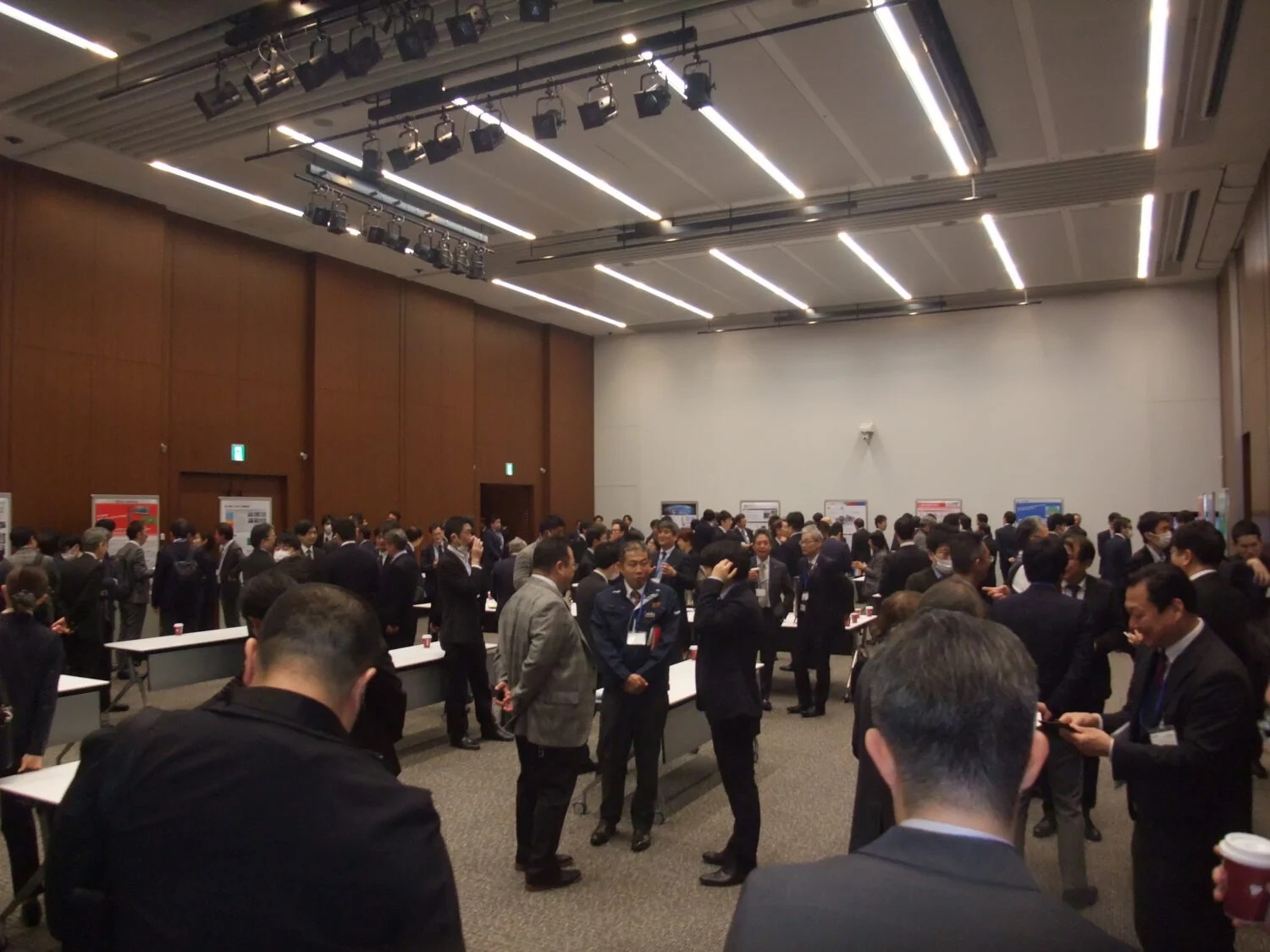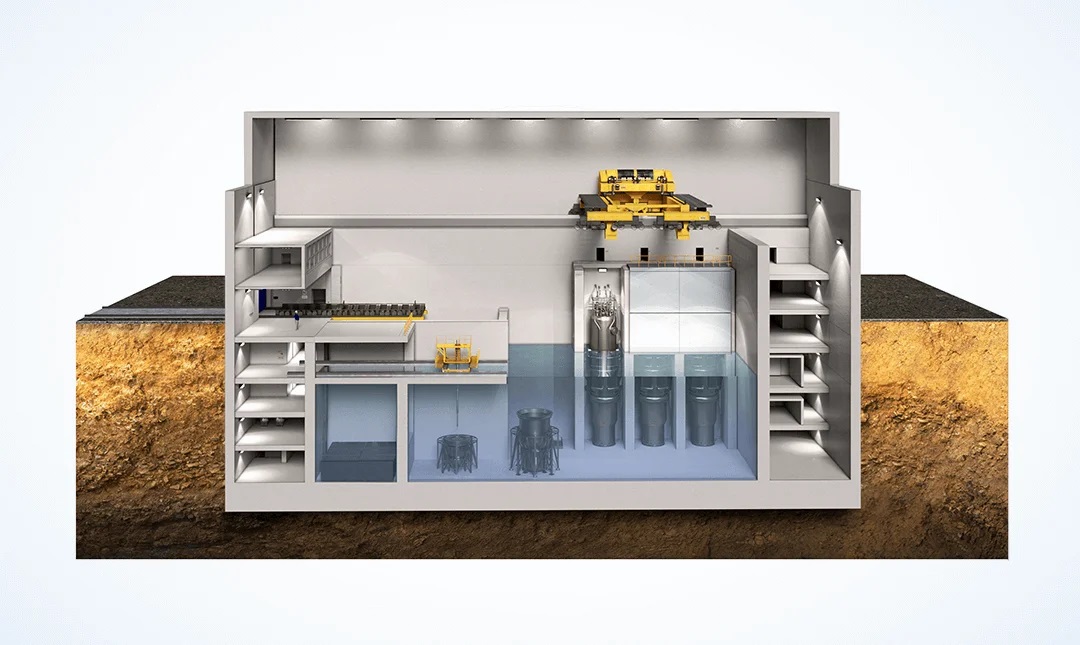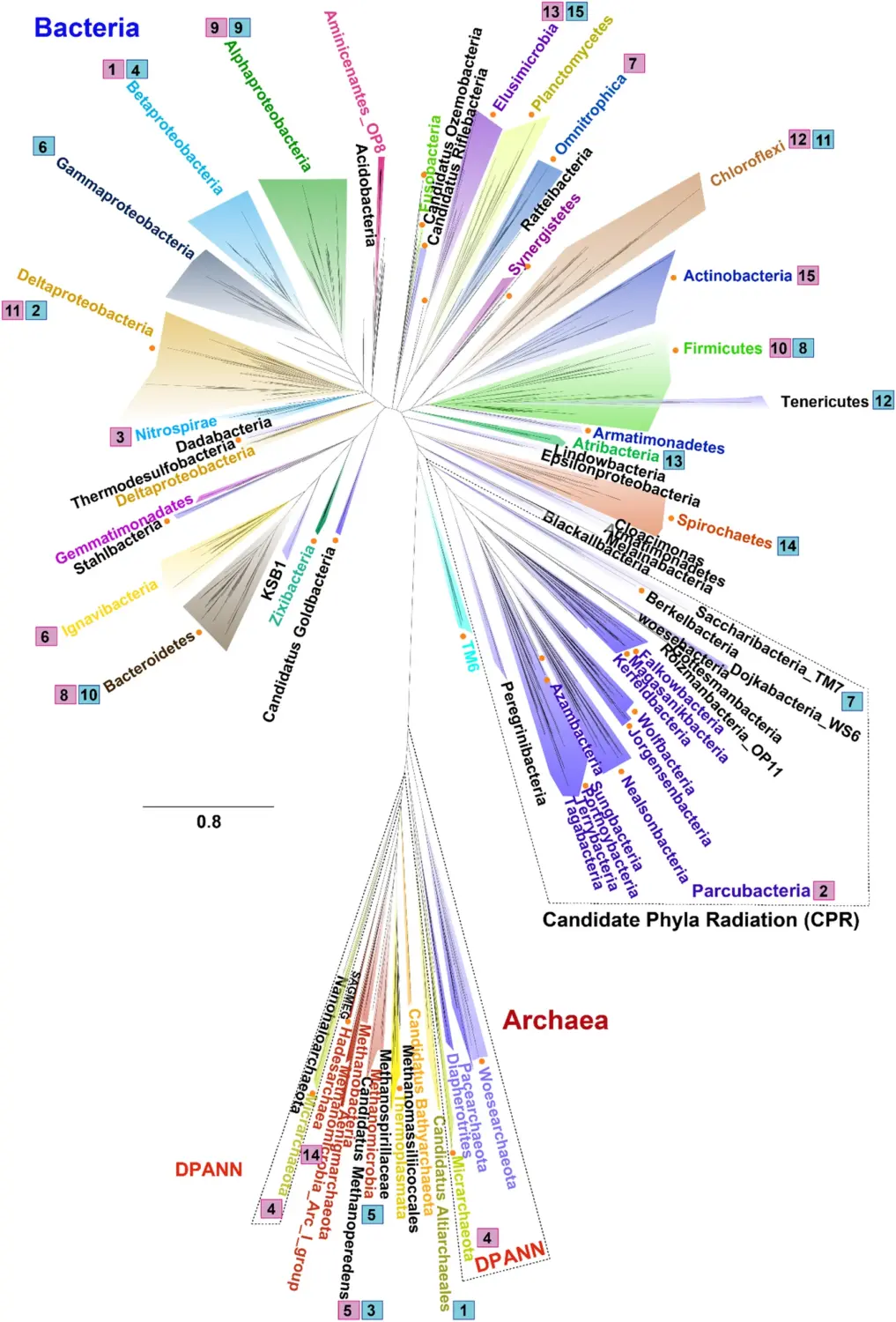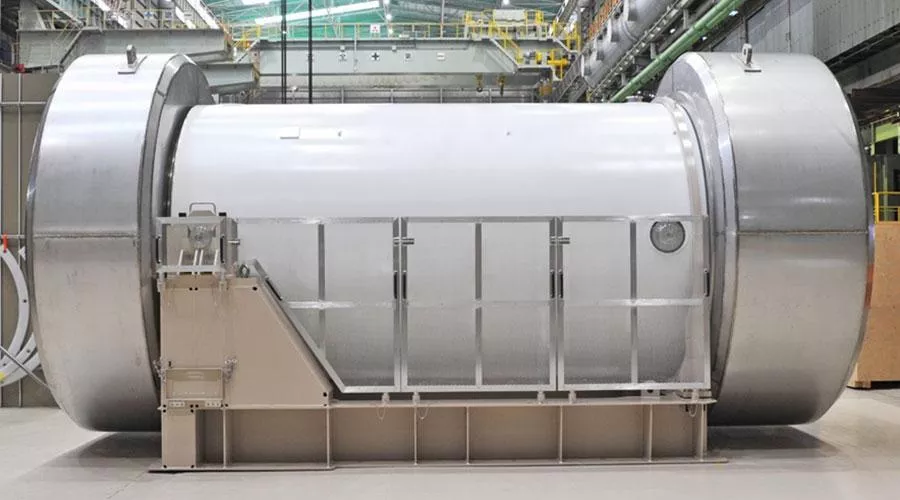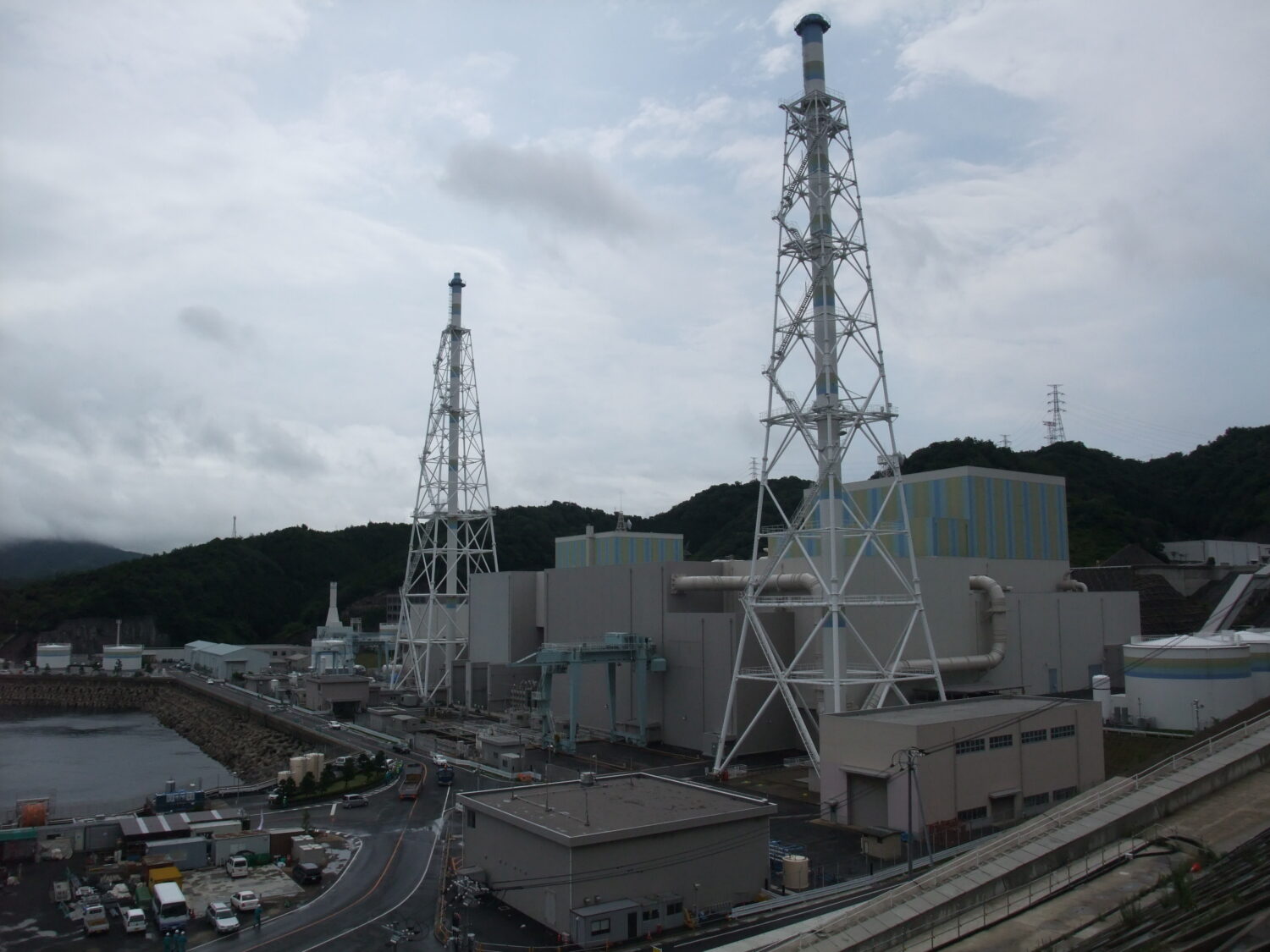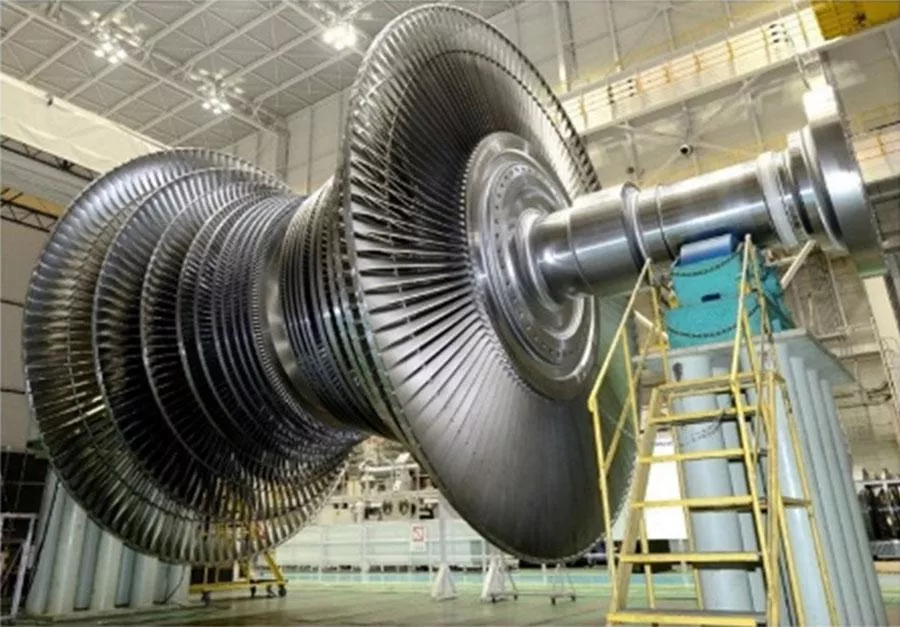The filling and solidification method would stabilize the fuel debris using filler, and the filler, debris and structures would be recovered together by drilling and other actions. While the method has the advantages that the fuel debris would be stabilized and that the filler would provide a certain level of shielding, considerations remain as to the type of filler, the spaces to be filled, and the methods of recovery, such as drilling, cutting, etc.
At a regular press conference on October 26, ONO Akira, president of the Tokyo Electric Power’s Fukushima Daiichi Decontamination & Decommissioning Engineering Co., noted that filling and solidification are superior in terms of suppressing exposure, including preventing any dust from scattering during work, but also said that he was concerned about a substantial increase in the volumes of waste. Of the three methods proposed by NDF, President Ono recognized that, at the moment, “each has its pros and cons.”
On October 10, prior to publication of the Technical Strategic Plan 2023, YAMANA Hajimu, head of the NDF, explained three methods for the major retrieval of fuel debris to a local council for decommissioning and contaminated water management, sponsored by the Agency for Natural Resources and Energy (ANRE). The methods had emerged from the NDF’s Technical Evaluation Committee. The committee, he said, had faced “a technical challenge unprecedented in the world, which will decide the success of decommissioning in the years ahead.”
He reiterated the following three points illustrating the technical difficulties:
- Radiation inside the containment vessel is so high that people cannot approach, and equipment is also damaged.
- For that reason, workers can remain within the reactor building for only short periods.
- The nature and distribution of the fuel debris itself is not yet fully understood.
He then made the following comment about the three methods: “Each has advantages and disadvantages, and it is not possible at present to state which would be preferable.” He added, “A still better method might yet be considered, or some combination of the three,” indicating that the question remains open.
According to the “mid-to-long-term roadmap,” the trial retrieval of a small amount of fuel debris will begin at Unit 2 during late FY2023 (i.e., October 2023 to March 2024). Meanwhile, work to open the hatch of a penetration hole (the X-6 penetration) was completed on October 16, through which an arm-type access device will be inserted into the containment vessel. It was found at that time that the area inside the entrance was covered with sediment.




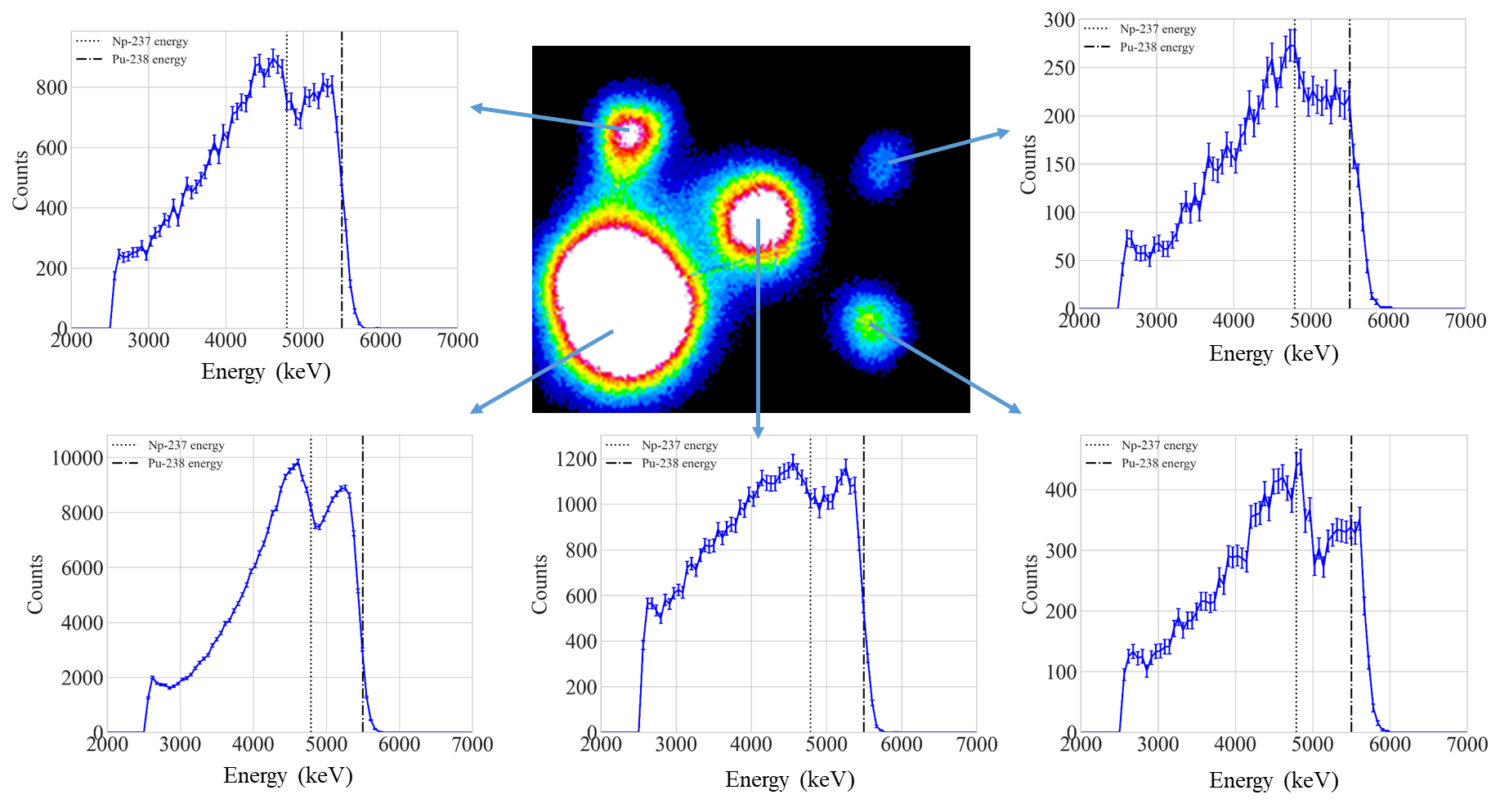
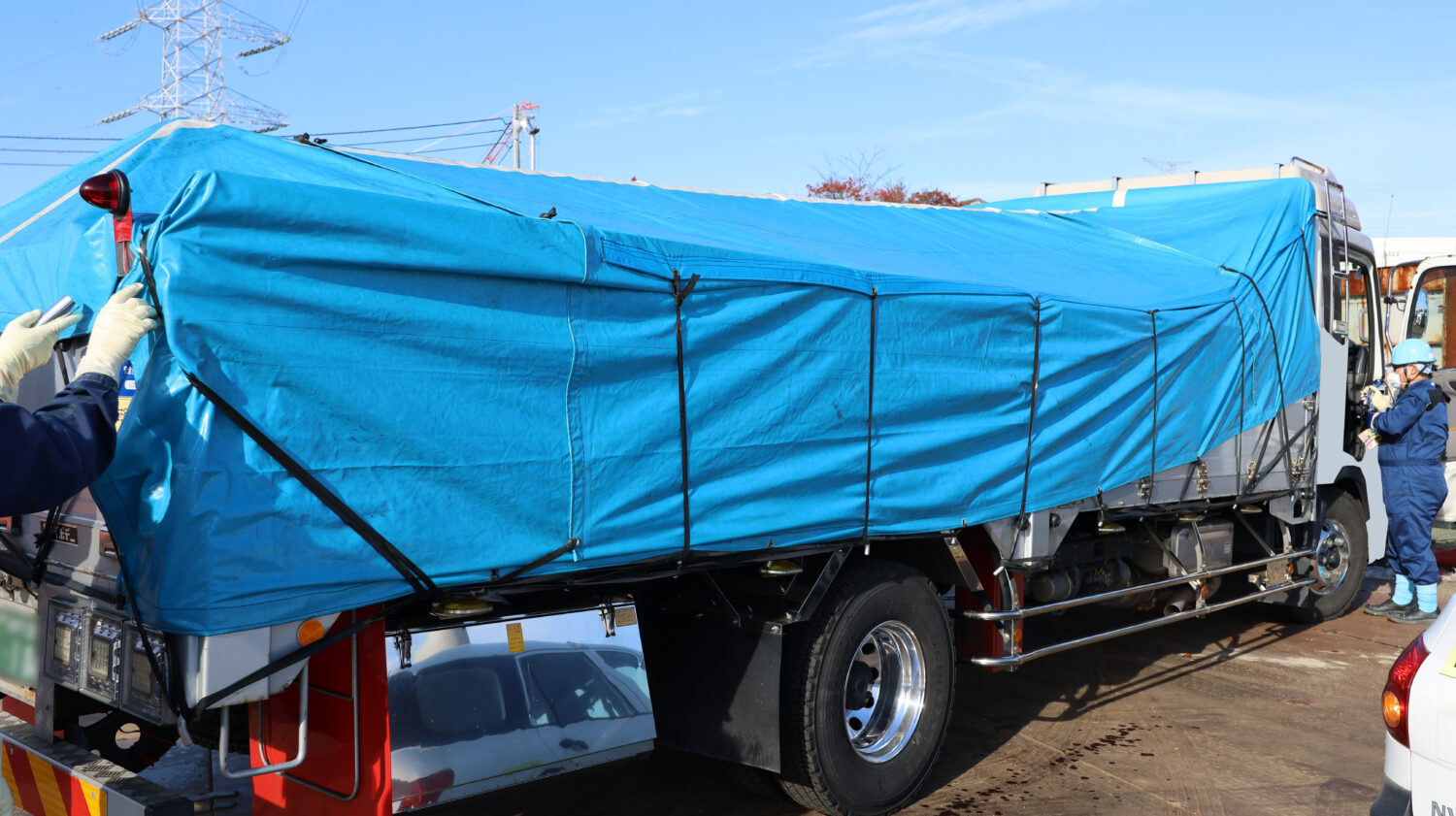
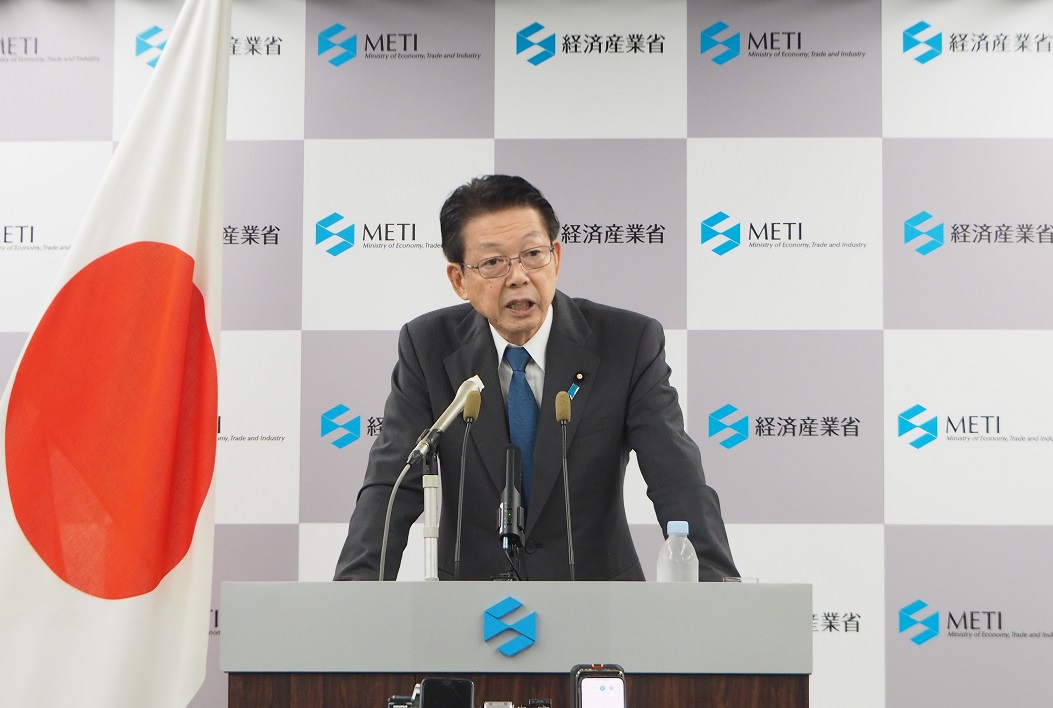
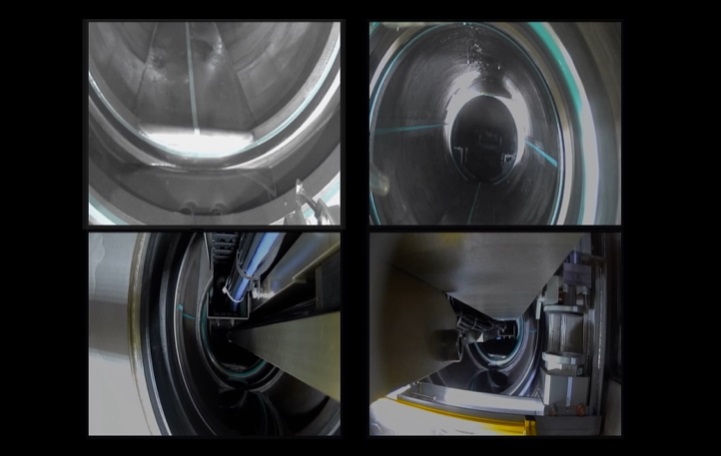
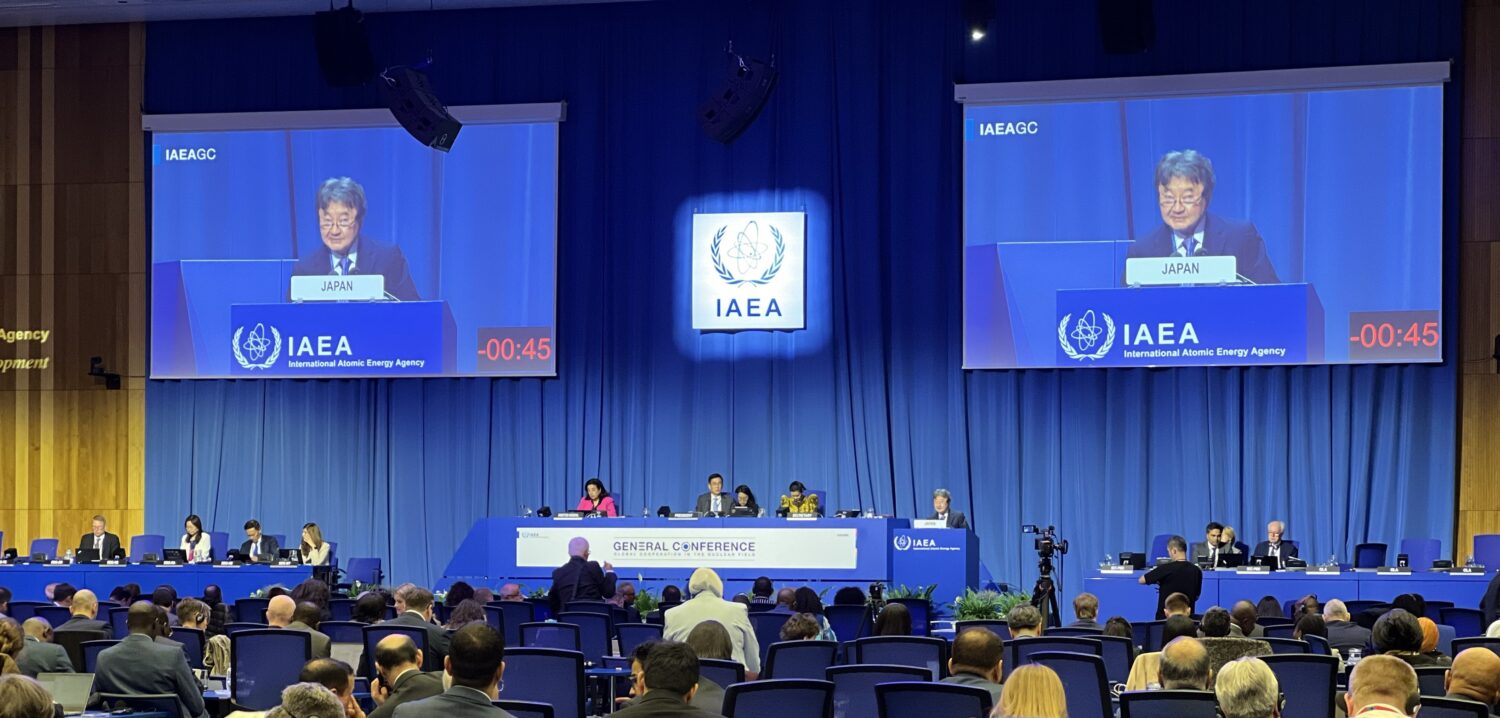
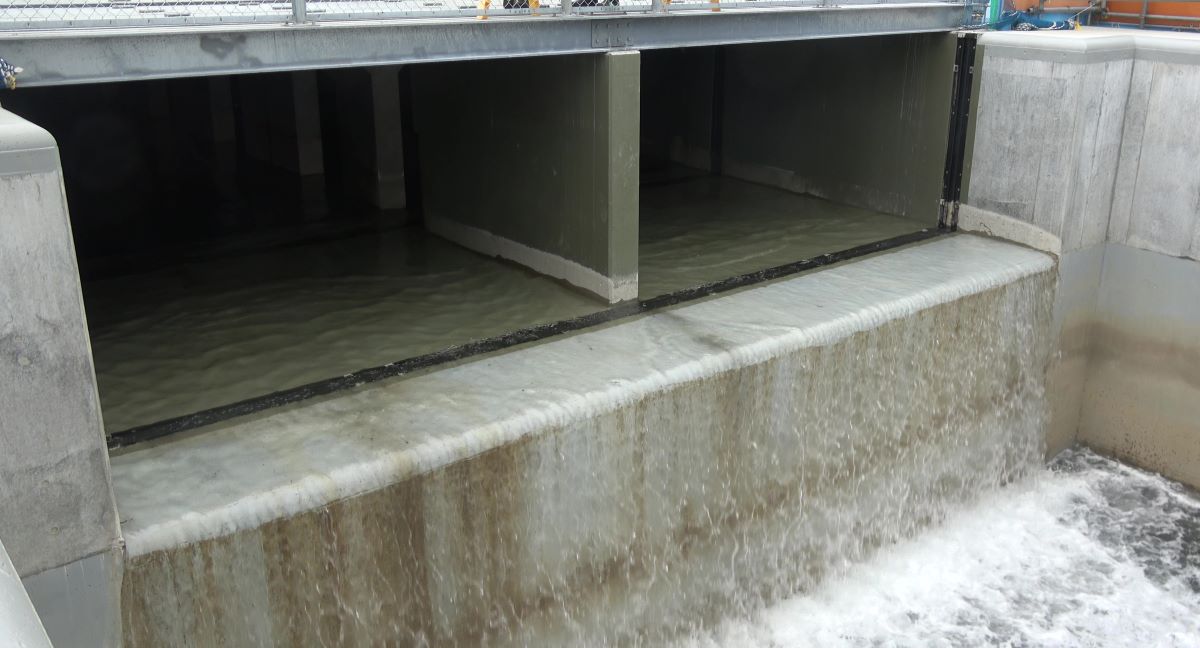
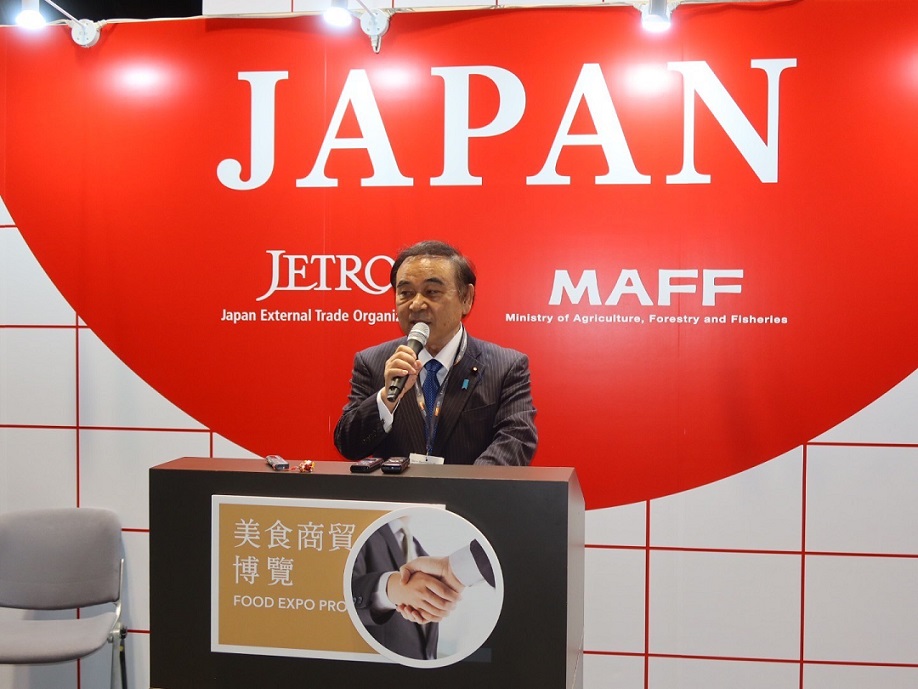
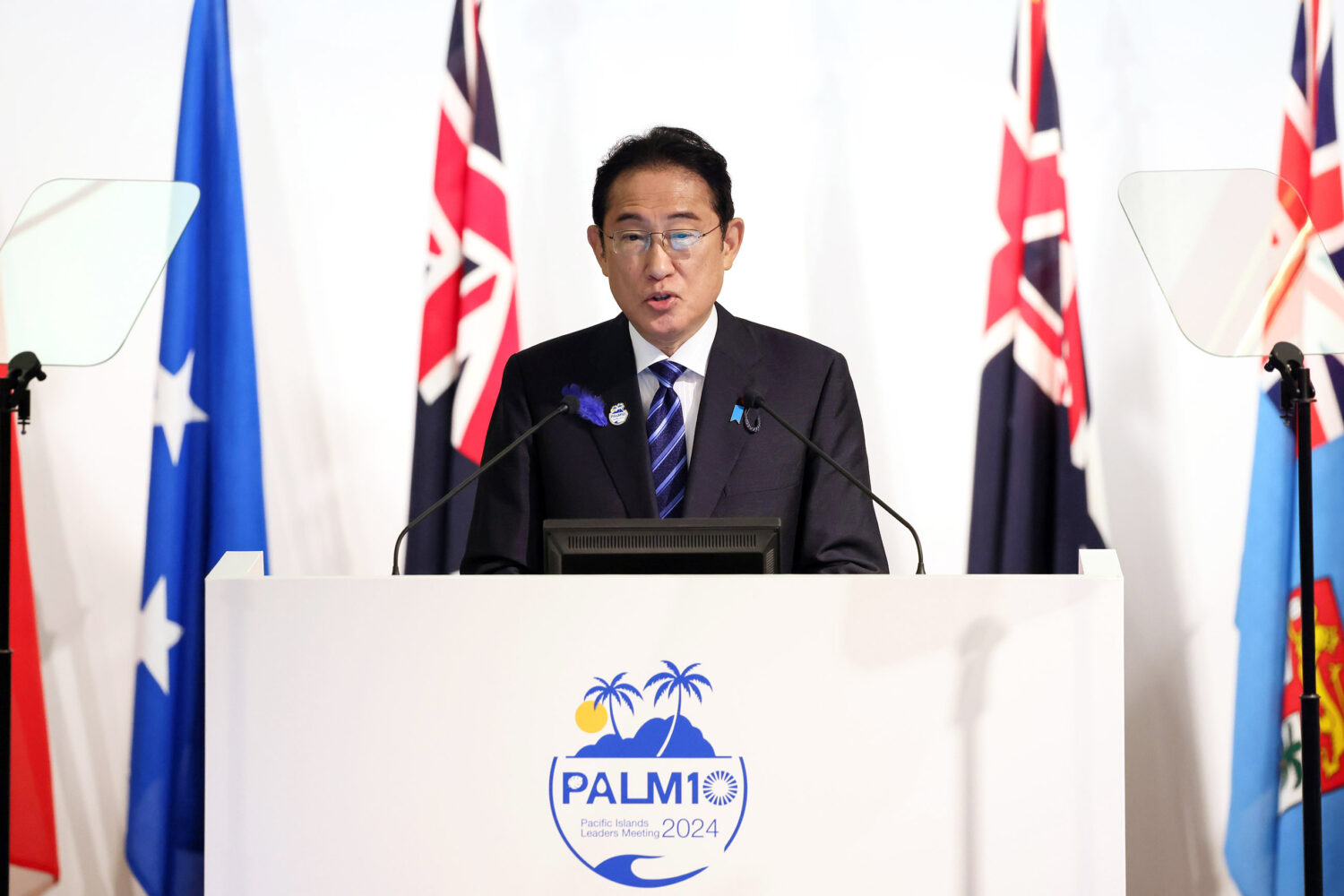
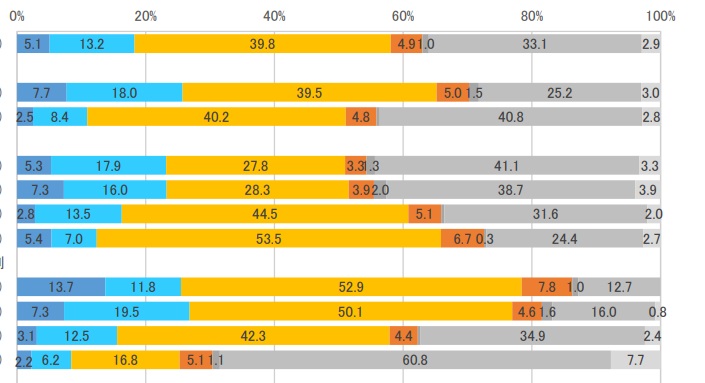
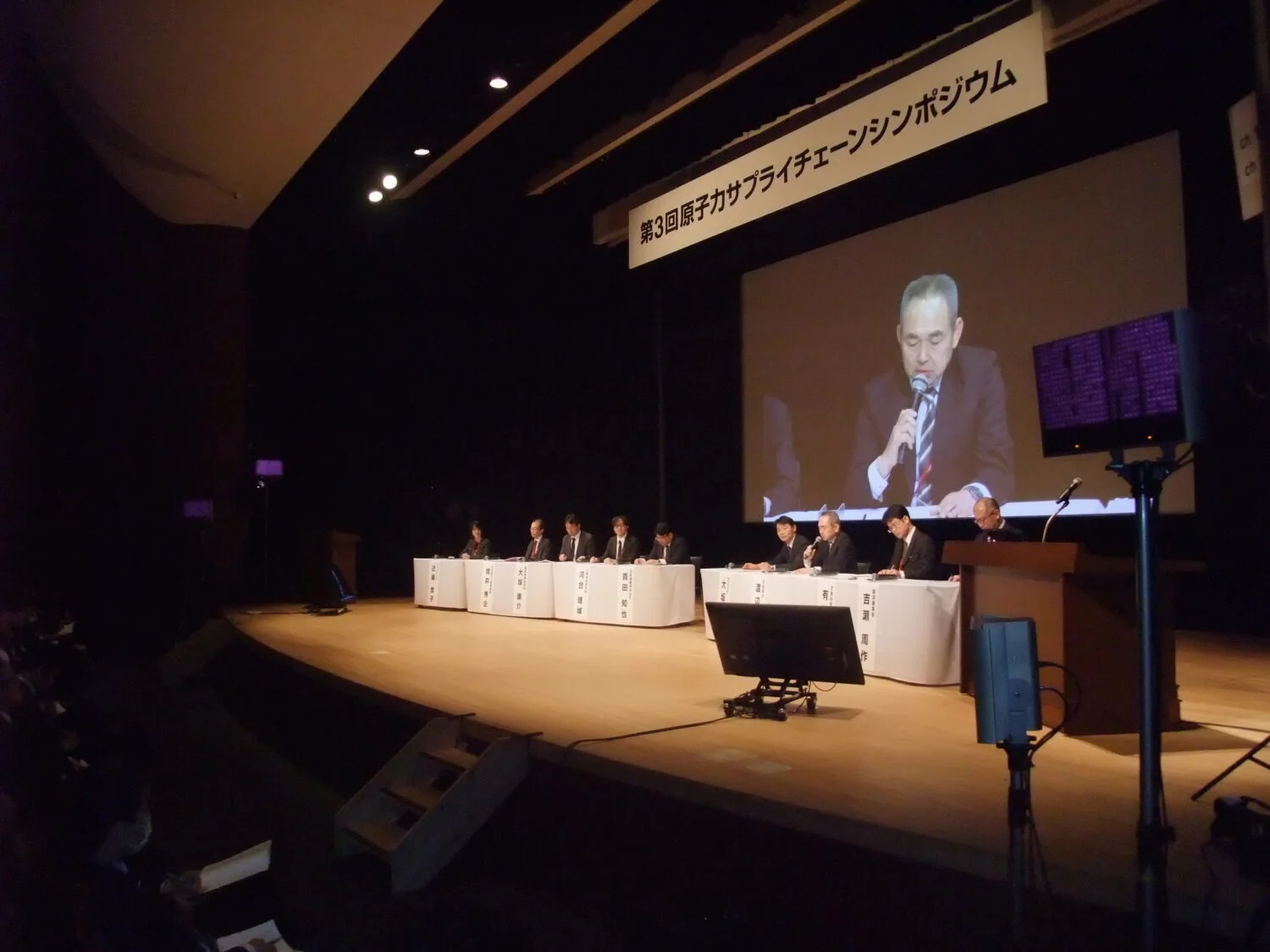
-1.png)
